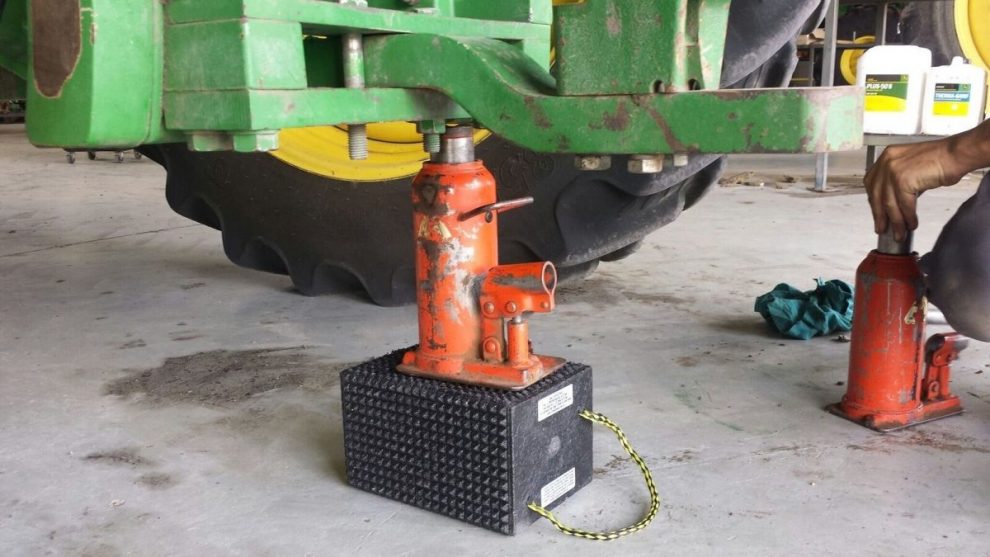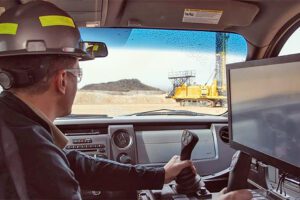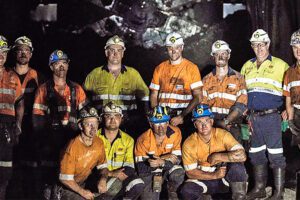While using timber blocks to support or stabilise a large piece of equipment or a heavy load was accepted practice many years ago, today we know that this is not the safest or most efficient option, often through costly and painful experiences.
OH&S professionals know that timber, when used as a support, is a serious safety risk for workers, being unpredictable, unsafe and unnecessary.
Yet remarkably, it is still being used as a propping and/or support tool across a wide range of industries, including mining, manufacturing, agriculture, construction and engineering sectors.
The fact is timber is not a tool, and should never be used as one.
While dunnage and blocks made of timber have traditionally been used for blocking and cribbing in industrial applications, they are not engineered as fit-for-purpose tools for applications such as supporting machinery and equipment when carrying out assembly, repairs and maintenance tasks.
Tony Brooks, Managing Director of the Cribbing & Matting Co, says the problem arises when people take random pieces of timber to use as support devices knowing nothing about the species or the state of the timber.
“For all they know, it might just be a piece of pine, and totally un-suitable.”
He explains that timber is not a tool and only quality manufactured cribbing blocks and specially designed metal stands can be recognised as purpose-built tools for stabilising heavy equipment.
“I do appreciate that industry is slowly recognising the benefits of plastic engineered cribbing blocks, but the process is not fast enough.
“We still have too many workers being killed or injured in our workplaces needlessly.”
As Mr Brooks points out, the structural integrity of timber, or lack of it, cannot often be identified until it’s too late.
“A timber block may be perfect the day you buy it, but the danger comes as it ages and gets exposed to certain elements.
“For example, timber in moist conditions will absorb water and become structurally unsound, while timber exposed to excessive heat becomes brittle.
“And when timber starts to creak, that is the sound of internal grains rupturing like splits and cracks rubbing together.
“At this stage the damage has already occurred, and the creaking sound is a warning. For when timber’s load-bearing effectiveness is compromised, it can fail completely and often catastrophically. “
And with timber blocks often exposed to chemicals, solvents, fuels and other contaminants in the workplace, Mr Brooks says they present further risks to workers’ health.
“For example, if a worker gets a splinter it could easily be contaminated by a foreign object, which has the potential to make any injury to the worker significantly worse.”














Add Comment